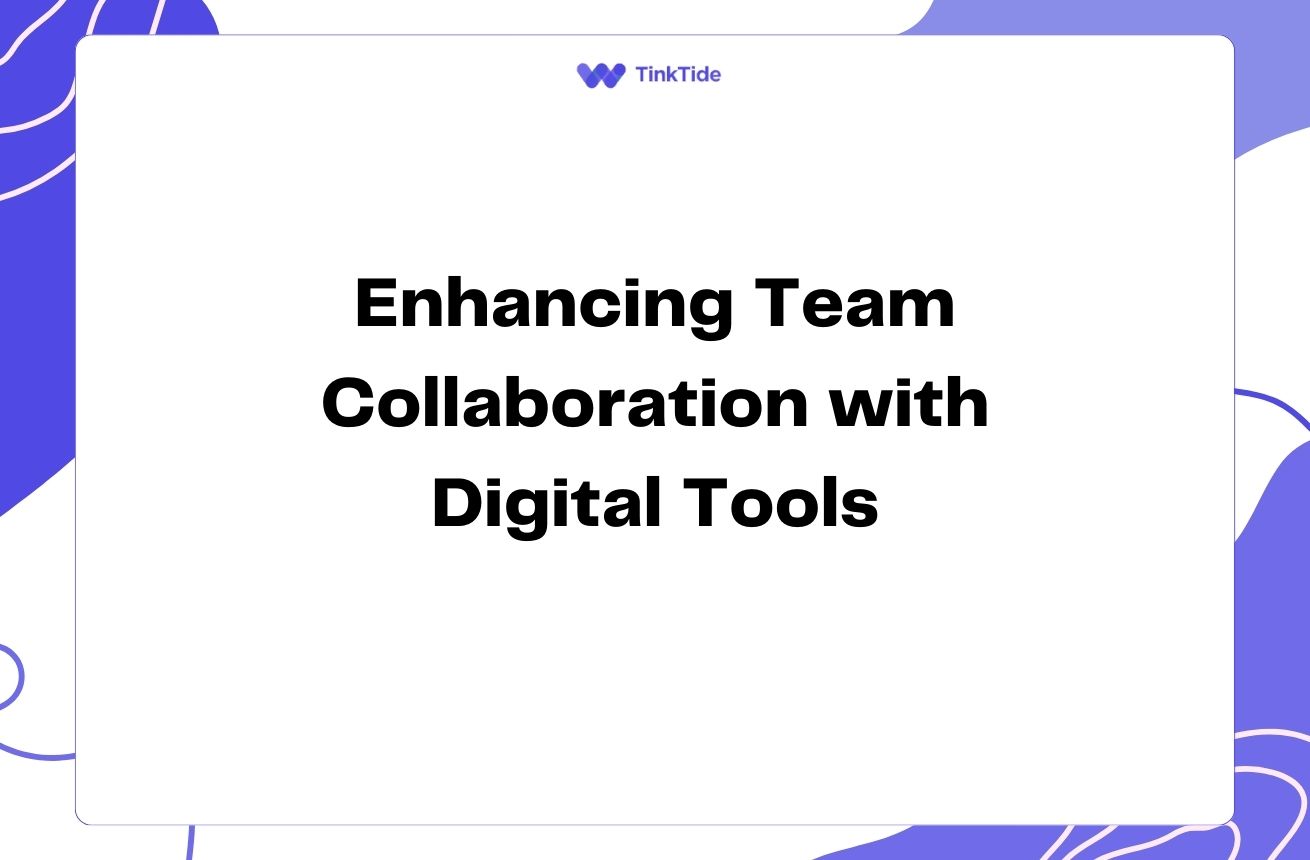Building an Idea Network: Fostering Collaboration and Innovation
Understanding Idea Networks
An idea network is a collaborative ecosystem where individuals share, discuss, and refine concepts. It's like a neural network for creativity, connecting diverse minds to spark innovation.
These networks thrive on open communication, diverse perspectives, and a culture of continuous learning. By fostering an environment where ideas can flow freely, organizations and individuals can tap into collective intelligence and drive innovation.
Idea networks break down silos, encouraging cross-pollination of thoughts across different departments, disciplines, or even industries. This interdisciplinary approach often leads to breakthrough innovations and novel solutions to complex problems.
The power of idea networks lies in their ability to amplify individual creativity through collaboration, turning isolated thoughts into refined, actionable concepts.
Benefits of Building an Idea Network
Creating an idea network offers numerous advantages for both individuals and organizations:
- Enhanced creativity through diverse perspectives
- Faster problem-solving and decision-making
- Increased innovation potential
- Improved knowledge sharing and learning
- Greater employee engagement and satisfaction
Key Components of an Effective Idea Network
To build a thriving idea network, focus on these essential elements:
1. Diversity: Include people from various backgrounds, disciplines, and expertise levels. Diversity fuels creativity and challenges conventional thinking.
2. Open Communication: Foster an environment where everyone feels comfortable sharing ideas without fear of judgment. Encourage constructive feedback and respectful dialogue.
3. Collaboration Tools: Utilize digital platforms and tools that facilitate idea sharing, brainstorming, and project management across teams and locations.
Cultivating a Culture of Idea Sharing
Building an idea network requires more than just tools and processes. It's about cultivating a culture that values and encourages idea sharing:
Promote psychological safety by celebrating both successes and failures as learning opportunities. This encourages risk-taking and innovative thinking.
Recognize and reward contributions to the idea network. This can be through formal recognition programs or informal acknowledgments during team meetings.
Lead by example. Managers and leaders should actively participate in idea sharing and demonstrate openness to new concepts and feedback.
Leveraging Technology for Idea Networks
Technology plays a crucial role in modern idea networks, especially in remote or distributed teams:
Use collaborative whiteboards for visual brainstorming sessions that capture and organize ideas in real-time.
Implement idea management software to track, evaluate, and develop promising concepts from initial suggestion to implementation.
Leverage AI-powered tools to analyze patterns in idea submissions and identify trends or potential innovations that might be overlooked.
Steps to Build Your Idea Network
Follow these steps to create and nurture your idea network:
- Step 1: Define your network's purpose and goals
- Step 2: Identify and invite diverse participants
- Step 3: Establish clear communication channels and protocols
- Step 4: Implement collaborative tools and platforms
- Step 5: Schedule regular ideation sessions and workshops
- Step 6: Create a system for idea evaluation and implementation
- Step 7: Continuously refine and expand your network
Overcoming Challenges in Idea Networks
Building an idea network isn't without its challenges. Here's how to address common obstacles:
Resistance to change: Gradually introduce the concept and highlight early successes to build buy-in.
Information overload: Implement a structured approach to idea evaluation and prioritization to manage the influx of concepts.
Maintaining momentum: Regularly inject new energy into the network through challenges, guest speakers, or themed ideation sessions.
Measuring the Success of Your Idea Network
To ensure your idea network is delivering value, track these key metrics:
1. Idea submission rate: Monitor the volume and frequency of new ideas being shared.
2. Implementation rate: Track how many ideas move from concept to reality.
3. Collaboration index: Measure the level of cross-functional or interdepartmental collaboration on ideas.
4. Innovation impact: Assess the tangible benefits (e.g., cost savings, revenue growth) resulting from implemented ideas.
Address common questions
Here are some frequently asked questions about building idea networks:
How can small teams or startups benefit from an idea network?
Small teams can leverage idea networks by collaborating with external partners, joining industry-specific innovation communities, or creating cross-functional mini-networks within their organization. This approach allows them to access diverse perspectives and resources beyond their immediate team.
How often should idea network meetings or sessions be held?
The frequency of idea network meetings can vary based on your organization's needs and culture. A good starting point is to hold bi-weekly or monthly structured sessions, supplemented by an always-open digital platform for continuous idea sharing. Adjust the frequency based on participation levels and the flow of ideas.
What role does leadership play in fostering an idea network?
Leadership is crucial in establishing and maintaining a successful idea network. Leaders should actively participate, champion the initiative, allocate resources, and create a safe environment for idea sharing. They also play a key role in recognizing and rewarding innovative thinking and contributions to the network.
How can remote teams effectively build and maintain an idea network?
Remote teams can build effective idea networks by leveraging digital collaboration tools, scheduling virtual brainstorming sessions, and creating online spaces for asynchronous idea sharing. Regular video conferences, virtual coffee chats, and digital whiteboards can help maintain the personal connections that fuel creativity.
What are some ways to keep an idea network fresh and engaging over time?
To keep an idea network vibrant, introduce themed challenges, invite guest speakers or thought leaders, organize hackathons or innovation sprints, and regularly rotate facilitators or discussion leaders. Also, consider implementing a system for participants to vote on or champion ideas they find exciting.
Provide additional resources
The Innovator's DNA
Harvard Business Review article on cultivating innovation skills
IDEO U: Cultivating Innovation
Online course on fostering innovation in organizations
Miro: Online Collaborative Whiteboarding
Tool for visual collaboration and idea mapping
Slack: Team Communication Platform
Communication tool for building digital idea networks
The Medici Effect
Book on innovation at the intersection of ideas, cultures, and disciplines
Summarize key takeaways
Building an idea network is a powerful way to foster collaboration and drive innovation. By creating an environment that encourages diverse perspectives, open communication, and continuous learning, you can tap into the collective intelligence of your team or community.
Remember that successful idea networks require ongoing nurturing and adaptation. Regularly assess your network's effectiveness, address challenges proactively, and celebrate the innovations that emerge from your collaborative efforts.
Start building your idea network today and unlock the potential for groundbreaking innovations and refined ideas that can transform your projects, organization, or industry.
Ready to Supercharge Your Innovation Process?
Discover how our platform can help you build and manage your idea network effortlessly.
Start Your Free Trial

